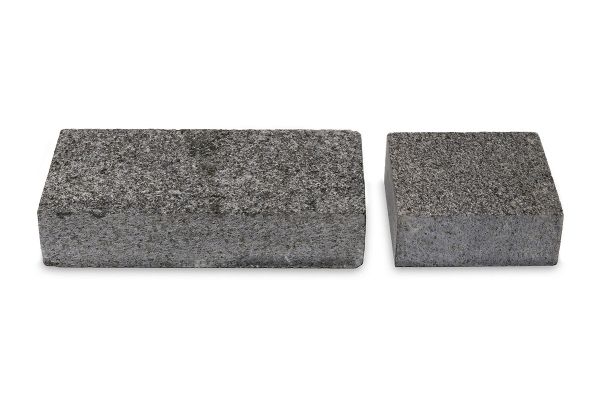Driveway Paving
Your driveway is usually the first impression of your home, greeting people even before they step through the front door. Its importance goes beyond just looks. Choosing the right paving not only elevates its appearance but also ensures durability and ease of maintenance, providing a practical and attractive entryway to your home.
Driveway requirements
Driveways generally receive the hardest wear of any domestic paving. High footfall, heavy weight from parked cars, constant vehicular movement. Driveways need to be tough, stain-resistant and capable of withstanding all these pressures. Driveways need to be aesthetically pleasing, too, and complement the properties soft landscaping and architecture.
So what do you need to think about when choosing driveway paving?
- Longevity
- Drainage
- Pointing
- Maintenance
- Colour
- Paving pattern
- Paving choice
A long-lasting driveway
All the materials on this page are recommended for driveways because they are robust enough for use in normal domestic circumstances. For heavy vehicles (above 3.5 tons in weight), or a driveway that has large volumes of traffic,a thicker option, such as stone block paving or clay pavers is a better choice than standard 20-25mm thick paving slabs. We recommend speaking to our experienced staff for advice.
It's worth noting, however, that any paving is only as good as its foundations. Poor foundations lead to cracked and dislodged paving. The sub base is an extremely important element in a drive’s construction and no short-cuts should be taken when laying it down. A thicker sub base is required for a front drive than a domestic patio and should measure at least 150mm deep. For an idea of the work that needs to go into laying a driveway, see how a professional installs granite paving.
Drainage for Driveways (SUDs)
Proper drainage installation is a crucial aspect of driveway construction and is regulated by planning laws for environmental protection. This measure helps prevent water runoff and flooding, addressing a growing issue where most urban surface water drains into municipal systems. Such regulations are vital, especially during heavy rains, to mitigate the risk of overloading these systems and contributing to localized flooding.
Permeable paving is one way to meet the SUDS requirements and block paving which is laid with permeable joints is a good choice. See our Chelmer Valley website for why clay pavers are a good choice for SUDs and our YouTube channel for this in-depth webinar on designing SUDs.
However, porcelain and natural stone laid with impermeable joints are also perfectly suitable when laid with correct drainage.
Pointing a driveway
Flexible paving (permeable)
The choice of pointing is integral to the look of a front drive. Flexible paving consists of paving laid on aggregate and sharp sand, with kiln dried sand brushed between pavers. This also reduces the design impact of the joints and can allow for narrower, less obvious joints than if mortar is used. This method of laying is the usual choice for block paving, whether stone, clay or concrete. Find out more in How to Lay Clay Pavers.
Rigid paving (permeable and impermeable)
The alternative is rigid paving, which is laid on a mortar bed. Rigid construction should always be used with porcelain and natural stone paving slabs, but may also be an aesthetic choice for block paving.
From a design point of view, rigid construction makes the pointing much more of a feature, emphasising paving pattern and slab shape.
Driveway Maintenance
Sealing your driveway
With the higher exposure to footfall, cars and air pollution, the front drive tends to pick up stains and dirt more quickly than other paved areas. If retaining a pristine appearance to your drive is important, then you should consider sealing.
Applying an impregnating sealant, which penetrates the stone while allowing it to breathe, helps reduce dirt penetration. While it doesn’t remove the need to clean, it does make cleaning faster and easier.
If you’re installing sawn paving, then sealing is always a must. However, for driveways, we also recommend sealing for riven paving, such as slate and Indian sandstone. You may also like to seal porcelain and clay pavers, despite their intrinsically high stain-resistance. This is because sealing makes cleaning easier and, with the higher exposure to dirt, your driveway is likely to need cleaning more frequently than, for example, your patio.
Driveway paving can be delivered already sealed by experts at our Bespoke Stone Centre, which saves work on-site and gives you the peace of mind of a 15-year guarantee.
Our guide to sealing and pre-sealing will help you decide the best choice for your driveway, and our experienced staff are always on hand to advise.
Cleaning your driveway
We recommend cleaning driveways a minimum of twice a year. However, stains should be dealt with immediately, even if your paving is sealed, to prevent them becoming ingrained. Ensure that your cleaner is appropriate to your paving—limestone, for example, should never be cleaned with an acid solution. For more information, see our advice on cleaning natural stone.
One of the reasons porcelain paving is so popular is that it often needs no more than a brush down and jet wash to look like new. Find out more in our helpful information on cleaning outdoor porcelain paving.
Clay pavers and granite Setts, like porcelain, require minimal maintenance. It is worth noting, though, that you may want to seal joints to prevent the sand from being washed out and to reduce the chances of weeds taking root. More information may be found in how to clean clay pavers.
With all paving choices, it is important to know how to use a jet wash correctly to ensure the surface of your paving is not damaged and joints are not eroded.
Colours for driveway paving
Because of the amount of traffic a driveway receives, it is likely to get dirtier than, for example, the patio in your back garden. Not only does it receive more traffic, both wheeled and pedestrian, but it’s exposed to more pollution, thanks to its proximity to the road.
For this reason, we recommend darker paving, such as Bexhill clay pavers or Natural Black Granite setts, which won’t show the dirt as quickly as a paler colour. Choosing a paving with multiple tones, such as Raj Green Indian sandstone, will also help disguise any marks.
For sheer range of colour, consider clay pavers. Not only do they have the most colour options but different colours within the same range can be mixed to create a bespoke scheme to perfectly match your architecture. As colours are a result of the materials used, rather than a dye added to the mix, you can be sure they’ll be fade-proof. This is one the greatest advantages of clay paver vs concrete blocks.
It’s always worth remembering that limestone will gradually fade in a natural weathering process, particularly when exposed to direct sun. Therefore, you may wish to seal limestone block pavers or paving slabs with a colour intensifier, which will need reapplying every few years. This is something that’s absolutely necessary if you want to preserve the colour of Black limestone.
Paving patterns for a front drive
Porcelain and natural stone patterns
Depending on the size and shape of paving slabs, they may be laid in bond patterns (with continuous joints in at least one direction) or random patterns (where joint lines are interrupted). Each of these patterns gives a slightly different effect and Paving Patterns for Natural Stone and Porcelain Patios gives helpful illustrations to make it easier to choose.
As a rule of thumb, random patterns create a more relaxed, rustic feel, as well as creating a greater sense of space in small areas, but might feel a little busy in larger drives. Bond patterns are useful for unifying a larger area, as well as adding modern, linear detail.
Block paving patterns
For block paving, the choice is more extensive. Because of their size and shape, stone and clay bricks lend themselves to many patterns, including running and stack bond, basketweave and herringbone.
For practical reasons herringbone pattern, in particular, is a popular choice. Not only is it attractive, but the nature of the pattern means that each brick is adjacent to bricks in a different orientation and this gives the pattern a greater resilience under the turning pressures of car tyres.
Whatever your choice of pattern, it’s worth noting that a vehicle’s steering wheel should only be turned when the vehicle is actually moving, as this reduces the torque exerted by the tyres on the paving’s surface and potential movement of the slabs.
Choosing your driveway paving
Alternatives to concrete block paving
For a long time, concrete block paving has been the go-to choice, but modern driveway options offer so much more.
Clay block paving
Clay block paving has the widest range of colours of any paving bricks. We recommend choosing from our Alpha, Kessel Garden and Artisan selections. Bricks from these ranges are all laid on-edge (as opposed to flat), creating a thicker paving which is particularly robust. Choose those with a longer brick profile, such as Bromley clay blocks, for a more modern, dynamic feel, or from the slightly smaller, more traditional dimensions of bricks such as Bexhill or Lugano.
Clay pavers are increasingly popular, especially in comparison with concrete, thanks to their fade-resistant, robust qualities. Discover more about the benefits of using clay brick pavers for driveways.
Natural stone block paving
Limestone and sandstone block paving gives your house frontage a sleeker feel, while maintaining the block paving patterning. These colours are also available in matching paving, steps and coping, and as paving circles and border edging in materials such as Raj Green Indian sandstone.
This gives you the opportunity to section your paving where you have an extensive house front—block paving for vehicular hard standing and larger slabs and patterns for space in front of the porch or near borders and beds. Discover more about the wealth of possible design options with stone block paving.
Driveway cobbles
Cobbles have a long history of use in courtyards and drives. Granite Setts, in particular, are incredibly hard-wearing and all cobbles may be arranged in straight and curved patterns to create interest.
A cobblestone edging for a driveway is a frequent design choice, with two or more courses of setts across the front of a driveway entrance. Not only is this a practical addition, creating a solid frame against which to anchor flexibly laid block paving, but it has design value in delineating shape and creating a distinct boundary between house frontage and pavement.
Porcelain setts
A sleeker, crisper alternative to cobbles, similar to stone block paving but with a smaller brick shape, is porcelain setts. These colours too are available in matching paving, allowing an injection of textural interest while maintaining the overall colour.
Find ideas for using setts as edging, pattern and paths.
Natural stone and porcelain paving
Natural stone paving—sandstone, limestone, slate and granite—is an ideal companion for traditional architecture. Slabs can be a good choice where block paving might feel too busy, or where you’d like to make a feature of the stone itself, as larger paving allows the character of the stone a greater role in the design.
Porcelain paving offers crisp lines and narrow joints that complement modern architecture and the trend for pale-coated walls. One of the most popular colours is grey and porcelain paving offering a wide range of shades to create exactly the look you want.
Designs for driveways
With the wide number of options available, it can be hard to know exactly what to go for, but the guiding principle should be that your driveway design is something you love to come home to. Take a look at our driveway paving ideas to help you decide what that design is. Or for a quick summary, see Paving for Driveways – What Makes a Good Choice?
Driveway FAQs
How many paving blocks or slabs do I need?
First measure the area to be paved. If it’s a rectangle or square, all you need to do is multiply width by length to calculate the number of square metres.
If it’s a random shape, then dividing the area into squares and rectangles to cover as much ground as possible, calculating the area of each and adding the results together will give an approximate size.
For a circular area, use the old school maths formula A=πr2. Measure the radius of the circle, multiply that by itself, and then multiply the result by 3.142 (π). So, a circle 6 metres in diameter would have a radius of 3m and an area of (3x3) x 3.142 = 29m (rounded up).
On the product page of your chosen paving, make sure the order option is set to m2 and enter the area into the “Qty” box. You can then toggle between the “m2” and “each” options to see how many pavers you’ll need.
Why is my block paving driveway sinking?
A fairly common sight is the slight, double undulation in a block paving driveway, which shows the tracks of the wheels where a vehicle is constantly driven into the same position and out again.
The cause can be a combination of factors. Often it indicates a poor sub base that hasn’t been sufficiently compacted or made level. Water may also play a part. If there is a leaking pipe in the ground beneath or if puddles stand on an uneven surface, water can erode the subsoil or wash out the sand the bricks are bedded into.
Losing sand from the joints is also a cause of block paver movement. Sand is naturally lost from the joints from general wear and tear, weather conditions, and jet washing. To keep joints in good condition, they should be topped up with dry sharp sand every year. You may like to consider applying a joint stabiliser solution which can help prevent joint erosion.
How to remove oil from driveway paving
One of the advantages of clay block paving is that it is very dense and oil and grease tend to lie on the surface until they disperse naturally. However, if there is a stubborn residue, it can be removed by a household degreaser, such as washing-up liquid, and rinsed down with water.
For small areas of natural stone and porcelain, we recommend Lithofin OIL-EX, which is a paste that is left on the surface to absorb oil and grease before being brushed away as a dry powder.
Alternatively, for a general clean, see our guidelines in the Cleaning Your Driveway section above.
How do I order my driveway paving from London Stone?
Order from us online 24/7 or over the phone, via email or in person at one of our showrooms or the trade counter at our Southern depot. We offer free nationwide delivery on orders over £750 + VAT, with next-day delivery often available at no extra cost. We hold good stock levels of our products across our Southern and Northern depot, but do occasionally go out of stock at our busiest times. Our website shows live stock levels, so you can place your order in a timely manner, to ensure no delay to your project.


/filters:quality(40)/mediadev/media/homepage/price_right_arrow.svg)
/filters:quality(60)/mediadev/media/menu-pics/menu_banner_mobile.png )
/filters:quality(60)/mediadev/media/menu-pics/all-porcelain.jpg )
/filters:quality(60)/mediadev/media/menu-pics/luxury-italian.jpg )
/filters:quality(60)/mediadev/media/menu-pics/premium-italian.jpg )
/filters:quality(60)/mediadev/media/menu-pics/budget-porcelain.jpg )
/filters:quality(60)/mediadev/media/menu-pics/large-format-porcelain.jpg )
/filters:quality(60)/mediadev/media/menu-pics/wood-effect-porcelain.jpg )
/filters:quality(60)/mediadev/media/menu-pics/porcelain-planks.jpg )
/filters:quality(60)/mediadev/media/menu-pics/porcelain-setts.jpg )
/filters:quality(60)/mediadev/media/menu-pics/browse-all-paving.jpg )
/filters:quality(60)/mediadev/media/menu-pics/stone-paving.jpg )
/filters:quality(60)/mediadev/media/menu-pics/interior-tiles.jpg )
/filters:quality(60)/mediadev/media/menu-pics/stone-effect-porcelain.png )
/filters:quality(60)/mediadev/media/menu-pics/wood-effect-porcelain.png )
/filters:quality(60)/mediadev/media/menu-pics/grey-porcelain.png )
/filters:quality(60)/mediadev/media/menu-pics/beige-porcelain.png )
/filters:quality(60)/mediadev/media/menu-pics/dark-porcelain.png )
/filters:quality(60)/mediadev/media/menu-pics/light-porcelain.png )
/filters:quality(60)/mediadev/media/menu-pics/patio-grout.jpg)
/filters:quality(60)/mediadev/media/menu-pics/primers.jpg)
/filters:quality(60)/mediadev/media/menu-pics/porcelain-blades.jpg)
/filters:quality(90)/mediadev/media/menu-pics/drainage.jpg)
/filters:quality(60)/mediadev/media/menu-pics/cleaners.jpg)
/filters:quality(60)/mediadev/media/menu-pics/all-stone-paving.jpg )
/filters:quality(60)/mediadev/media/menu-pics/all-sawn-paving.jpg )
/filters:quality(60)/mediadev/media/menu-pics/all-riven-paving.jpg )
/filters:quality(60)/mediadev/media/menu-pics/indian-sandstone.jpg )
/filters:quality(60)/mediadev/media/menu-pics/limestone-paving.jpg )
/filters:quality(60)/mediadev/media/menu-pics/granite-paving.jpg )
/filters:quality(60)/mediadev/media/menu-pics/slate-paving.jpg )
/filters:quality(60)/mediadev/media/menu-pics/yorkstone-paving.jpg )
/filters:quality(60)/mediadev/media/menu-pics/stone-pavers.jpg )
/filters:quality(60)/mediadev/media/menu-pics/cobbles-setts.jpg )
/filters:quality(60)/mediadev/media/menu-pics/plank-paving.jpg )
/filters:quality(60)/mediadev/media/menu-pics/paving-circles.jpg )
/filters:quality(60)/mediadev/media/menu-pics/bespoke-paving-1.jpg )
/filters:quality(60)/mediadev/media/menu-pics/edging-stones-1.jpg )
/filters:quality(60)/mediadev/media/menu-pics/prestige-stone.jpg )
/filters:quality(60)/mediadev/media/menu-pics/grey-blue-stone.png)
/filters:quality(60)/mediadev/media/menu-pics/swatch-black-dark.jpg )
/filters:quality(60)/mediadev/media/menu-pics/swatch-buff-beige-white.jpg )
/filters:quality(60)/mediadev/media/menu-pics/sealants.jpg)
/filters:quality(60)/mediadev/media/menu-pics/all-clay-paving.jpg )
/filters:quality(60)/mediadev/media/menu-pics/alpha-clay-pavers.jpg )
/filters:quality(60)/mediadev/media/menu-pics/cottage-garden-clay-pavers.jpg )
/filters:quality(60)/mediadev/media/menu-pics/kessel-garden-clay-pavers.jpg )
/filters:quality(60)/mediadev/media/menu-pics/artisan-clay-pavers.jpg )
/filters:quality(60)/mediadev/media/menu-pics/grey-blue-clay-paver.png )
/filters:quality(60)/mediadev/media/menu-pics/red-brown-clay-pavers.png )
/filters:quality(60)/mediadev/media/menu-pics/beige-buff-clay-pavers.png )
/filters:quality(60)/mediadev/media/menu-pics/composite-decking.jpg )
/filters:quality(60)/mediadev/media/menu-pics/designboard-decking.jpg )
/filters:quality(60)/mediadev/media/menu-pics/classic-designboard.jpg )
/filters:quality(60)/mediadev/media/menu-pics/brushed-designboard.jpg )
/filters:quality(60)/mediadev/media/menu-pics/grooved-designboard.jpg )
/filters:quality(60)/mediadev/media/menu-pics/millboard-decking.jpg )
/filters:quality(60)/mediadev/media/menu-pics/grey-decking.jpg )
/filters:quality(60)/mediadev/media/menu-pics/black-charcoal-decking.jpg)
/filters:quality(60)/mediadev/media/menu-pics/brown-decking.jpg)
/filters:quality(60)/mediadev/media/menu-pics/all-build-deck.png )
/filters:quality(60)/mediadev/media/menu-pics/stone-cladding.jpg )
/filters:quality(60)/mediadev/media/menu-pics/all-garden-walling-1.jpg )
/filters:quality(60)/mediadev/media/menu-pics/facing-bricks.jpg )
/filters:quality(60)/mediadev/media/menu-pics/garden-screening.jpg )
/filters:quality(60)/mediadev/media/menu-pics/menu_Garden_banner_desk.png )
/filters:quality(60)/mediadev/media/menu-pics/all-steps-coping.jpg )
/filters:quality(60)/mediadev/media/menu-pics/stone-garden-steps.jpg )
/filters:quality(60)/mediadev/media/menu-pics/sawn-steps.jpg )
/filters:quality(60)/mediadev/media/menu-pics/riven-steps.jpg )
/filters:quality(60)/mediadev/media/menu-pics/yorkstone-steps.jpg )
/filters:quality(60)/mediadev/media/menu-pics/bespoke-steps.jpg )
/filters:quality(60)/mediadev/media/menu-pics/porcelain-steps.jpg )
/filters:quality(60)/mediadev/media/menu-pics/off-the-shelf.jpg )
/filters:quality(60)/mediadev/media/menu-pics/stone-coping.jpg )
/filters:quality(60)/mediadev/media/menu-pics/sawn-coping.jpg )
/filters:quality(60)/mediadev/media/menu-pics/riven-coping.jpg )
/filters:quality(60)/mediadev/media/menu-pics/yorkstone-coping.jpg )
/filters:quality(60)/mediadev/media/menu-pics/bespoke-coping.jpg )
/filters:quality(60)/mediadev/media/menu-pics/stone-pier-caps.jpg )
/filters:quality(60)/mediadev/media/menu-pics/porcelain-coping.jpg )
/filters:quality(60)/mediadev/media/menu-pics/all-bespoke-services.jpg )
/filters:quality(60)/mediadev/media/menu-pics/bespoke-paving-2.jpg )
/filters:quality(60)/mediadev/media/menu-pics/bespoke-steps-1.jpg )
/filters:quality(60)/mediadev/media/menu-pics/bespoke-coping-1.jpg )
/filters:quality(60)/mediadev/media/menu-pics/edge-profiles.jpg )
/filters:quality(60)/mediadev/media/menu-pics/masonry-services.jpg )
/filters:quality(60)/mediadev/media/menu-pics/deluxe-pergolas.jpg )
/filters:quality(60)/mediadev/media/menu-pics/proteus-pergolas.jpg )
/filters:quality(60)/mediadev/media/menu-pics/corten_planter_menu.png )
 Trade Discount Available
Trade Discount Available FREE Nationwide Delivery
FREE Nationwide Delivery Nationwide Showrooms
Nationwide Showrooms Live Stock Levels
Live Stock Levels Split Packs Available
Split Packs Available
/filters:quality(55)/resources/product-swatches/AYLPa.jpg)

/filters:quality(55)/resources/product-swatches/TBSPa.jpg)

/filters:quality(55)/resources/product-swatches/TKGSPa.jpg)

/filters:quality(55)/resources/product-swatches/TRGPa.jpg)

/filters:quality(55)/resources/product-swatches/AGLPa.jpg)

/filters:quality(55)/resources/product-swatches/ECCDUCP.jpg)

/filters:quality(55)/resources/product-swatches/ECCBERCP.jpg)

/filters:quality(55)/resources/product-swatches/ECCARC.jpg)

/filters:quality(55)/resources/product-swatches/ECCARB.jpg)

/filters:quality(55)/resources/product-swatches/ECCKGVE.jpg)

/filters:quality(55)/resources/product-swatches/ECCKGRO.jpg)

/filters:quality(55)/resources/product-swatches/ECCKGMO.jpg)

/filters:quality(55)/resources/product-swatches/ECCKGLU.jpg)
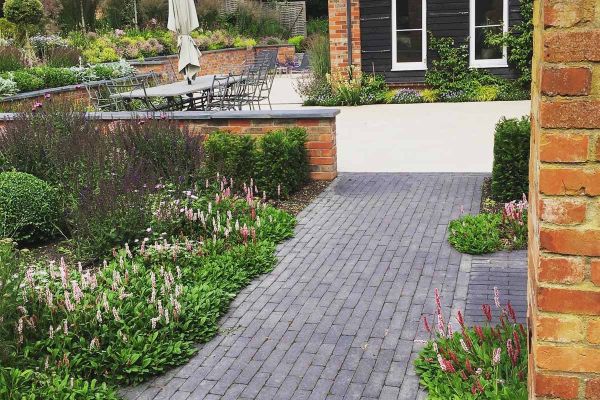
/filters:quality(55)/resources/product-swatches/ECCKGL.jpg)
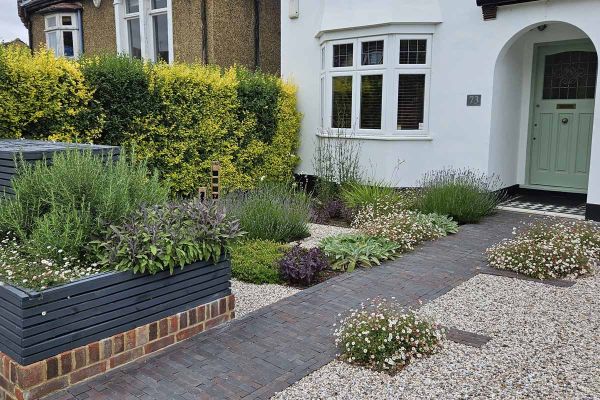
/filters:quality(55)/resources/product-swatches/ECCKGAN.jpg)

/filters:quality(55)/resources/product-swatches/ECCCGOE.jpg)

/filters:quality(55)/resources/product-swatches/ECCCGLM.jpg)

/filters:quality(55)/resources/product-swatches/ECCCGDA.jpg)
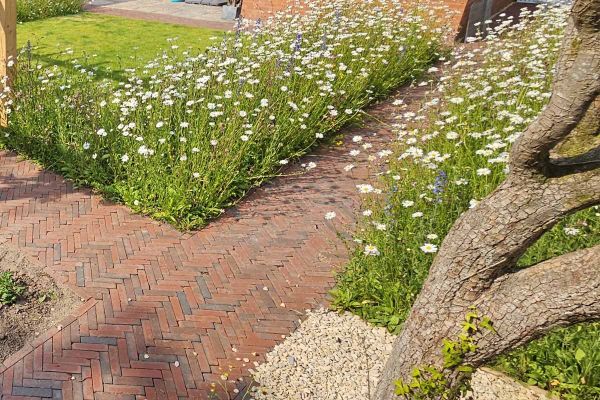
/filters:quality(55)/resources/product-swatches/ECCAWIN.jpg)

/filters:quality(55)/resources/product-swatches/ECCCGCB.jpg)

/filters:quality(55)/resources/product-swatches/ECCASPA.jpg)

/filters:quality(55)/resources/product-swatches/ECCASGM.jpg)

/filters:quality(55)/resources/product-swatches/ECCASE.jpg)

/filters:quality(55)/resources/product-swatches/ECCADE.jpg)

/filters:quality(55)/resources/product-swatches/ECCABE.jpg)

/filters:quality(55)/resources/product-swatches/ECCAAM.jpg)

/filters:quality(55)/resources/product-swatches/ECCAAL.jpg)
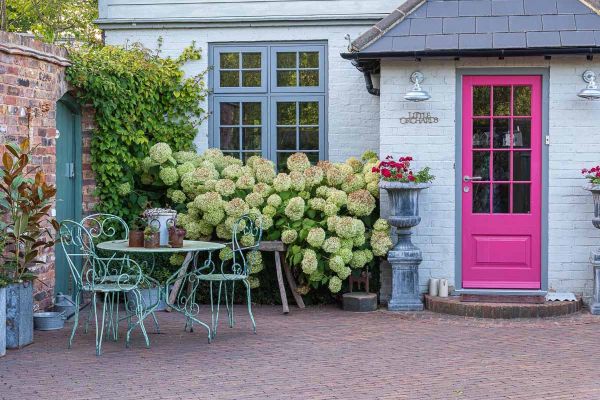
/filters:quality(55)/resources/product-swatches/ECCAADM.jpg)

/filters:quality(55)/resources/product-swatches/ECCOCP.jpg)

/filters:quality(55)/resources/product-swatches/ECCABCP.jpg)

/filters:quality(55)/resources/product-swatches/ECCGBCP.jpg)

/filters:quality(55)/resources/product-swatches/ECCPGPS.jpg)

/filters:quality(55)/resources/product-swatches/ECCCHPS.jpg)

/filters:quality(55)/resources/product-swatches/ECCSGPS.jpg)
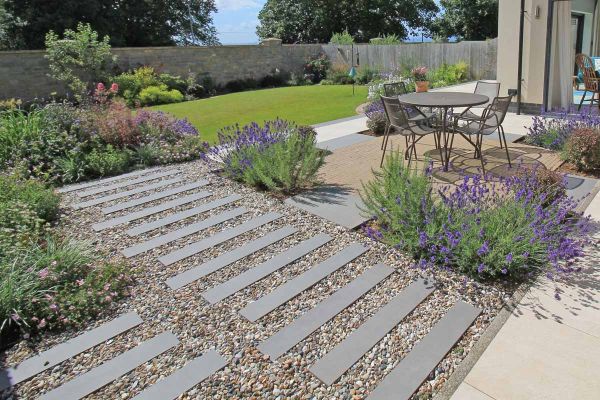
/filters:quality(55)/resources/product-swatches/ECCSTGRPP.jpg)
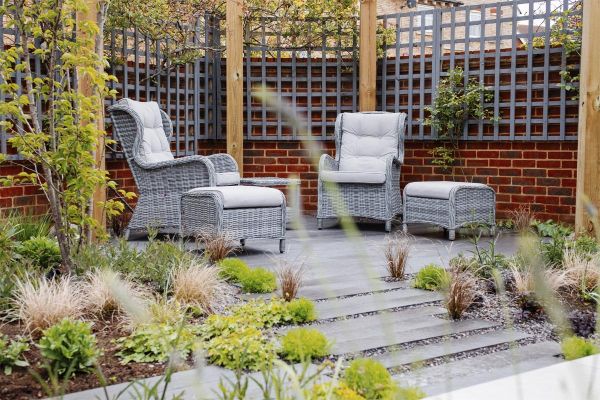
/filters:quality(55)/resources/product-swatches/ECCPGRPP.jpg)

/filters:quality(55)/resources/product-swatches/ECCCHAPP.jpg)

/filters:quality(55)/resources/product-swatches/ECCCGCP.jpg)

/filters:quality(55)/resources/product-swatches/ECCARCP.jpg)

/filters:quality(55)/resources/product-swatches/ECCSGGSS.jpg)

/filters:quality(55)/resources/product-swatches/ECCMBLS.jpg)

/filters:quality(55)/resources/product-swatches/ECCKGSS.jpg)

/filters:quality(55)/resources/product-swatches/ECCBGS.jpg)

/filters:quality(55)/resources/product-swatches/ECCABSS.jpg)

/filters:quality(55)/resources/product-swatches/ECCBGPP.jpg)

/filters:quality(55)/resources/product-swatches/ECCTKGSS.jpg)

/filters:quality(55)/resources/product-swatches/ECCRGSS.jpg)

/filters:quality(55)/resources/product-swatches/TDPP.jpg)

/filters:quality(55)/resources/product-swatches/StGPP.jpg)
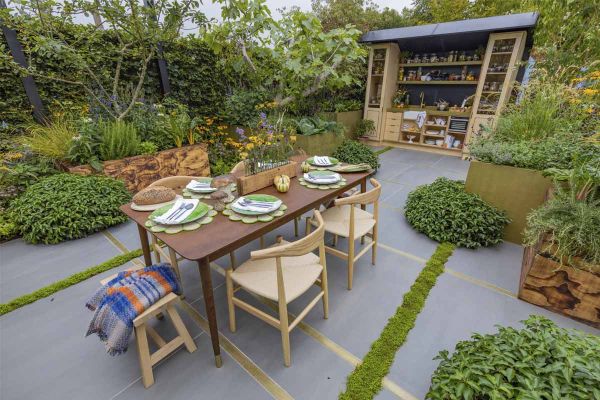
/filters:quality(55)/resources/product-swatches/SPP.jpg)

/filters:quality(55)/resources/product-swatches/SCPP.jpg)
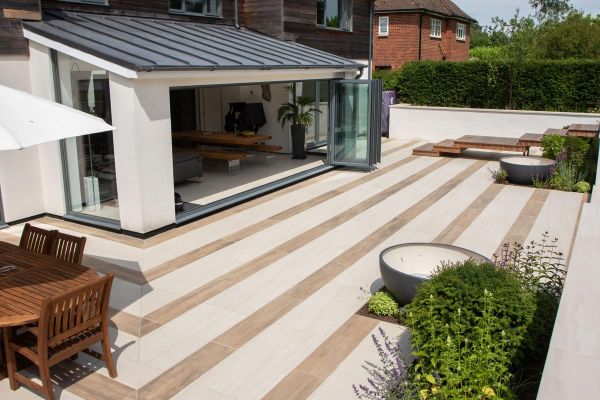
/filters:quality(55)/resources/product-swatches/RPP.jpg)

/filters:quality(55)/resources/product-swatches/RGPP.jpg)

/filters:quality(55)/resources/product-swatches/PGPP.jpg)

/filters:quality(55)/resources/product-swatches/MGPP.jpg)

/filters:quality(55)/resources/product-swatches/KGPP.jpg)

/filters:quality(55)/resources/product-swatches/GSPP.jpg)

/filters:quality(55)/resources/product-swatches/FSPP.jpg)

/filters:quality(55)/resources/product-swatches/FrGPP.jpg)

/filters:quality(55)/resources/product-swatches/FDPP.jpg)
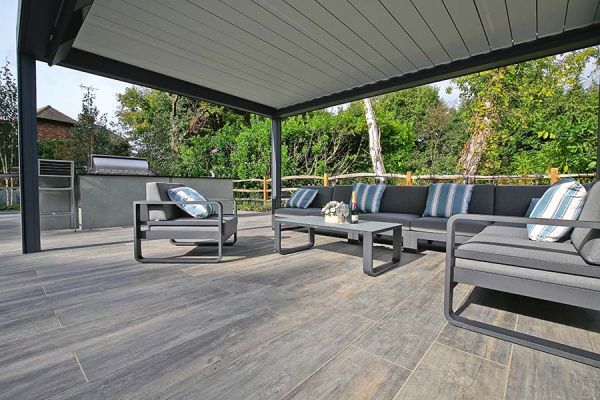
/filters:quality(55)/resources/product-swatches/CiPP.jpg)
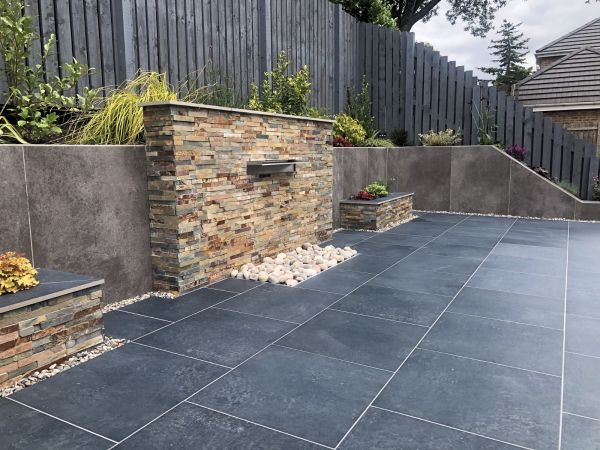
/filters:quality(55)/resources/product-swatches/ChPP.jpg)

/filters:quality(55)/resources/product-swatches/AnPP.jpg)

/filters:quality(55)/resources/product-swatches/AGPP.jpg)

/filters:quality(55)/resources/product-swatches/SGGHS.jpg)

/filters:quality(55)/resources/product-swatches/TRGSP.jpg)

/filters:quality(55)/resources/product-swatches/TKGSP.jpg)

/filters:quality(55)/resources/product-swatches/TBSP.jpg)

/filters:quality(55)/resources/product-swatches/SGGP.jpg)
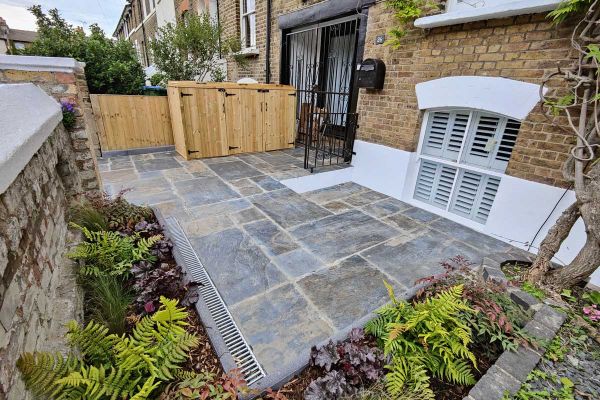
/filters:quality(55)/resources/product-swatches/RSP.jpg)

/filters:quality(55)/resources/product-swatches/RGSP.jpg)

/filters:quality(55)/resources/product-swatches/MBLP.jpg)

/filters:quality(55)/resources/product-swatches/KGSP.jpg)

/filters:quality(55)/resources/product-swatches/DGGP.jpg)
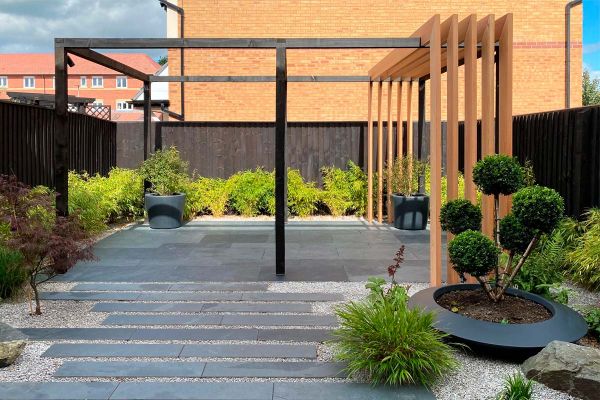
/filters:quality(55)/resources/product-swatches/BGSP.jpg)

/filters:quality(55)/resources/product-swatches/BBSP.jpg)

/filters:quality(55)/resources/product-swatches/BGP.jpg)

/filters:quality(55)/resources/product-swatches/ABSP.jpg)
